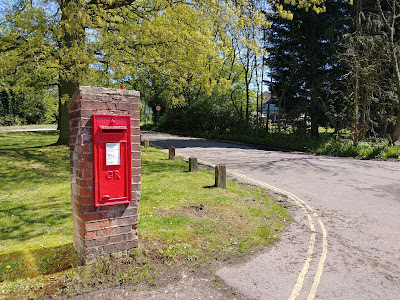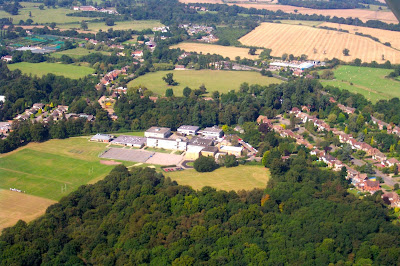North Mymms Notes - No 13
 |
| The Grade II listed Booth tomb at St Mary's Church, North Mymms - August 2018 Image by the North Mymms History Project Released under Creative Commons BY-NC-SA 4.0 |
In August 2018 work was completed on the restoration of a Grade II listed tomb in the churchyard at St Mary's church, North Mymms..
The tomb, known locally as the Booth tomb, is the burial place of Mary Booth who died in 1807, and her husband Frederick Booth who died in 1831.
Local historian and photographer Mike Allen has been researching the history of the tomb in his North Mymms Notes series.
















































